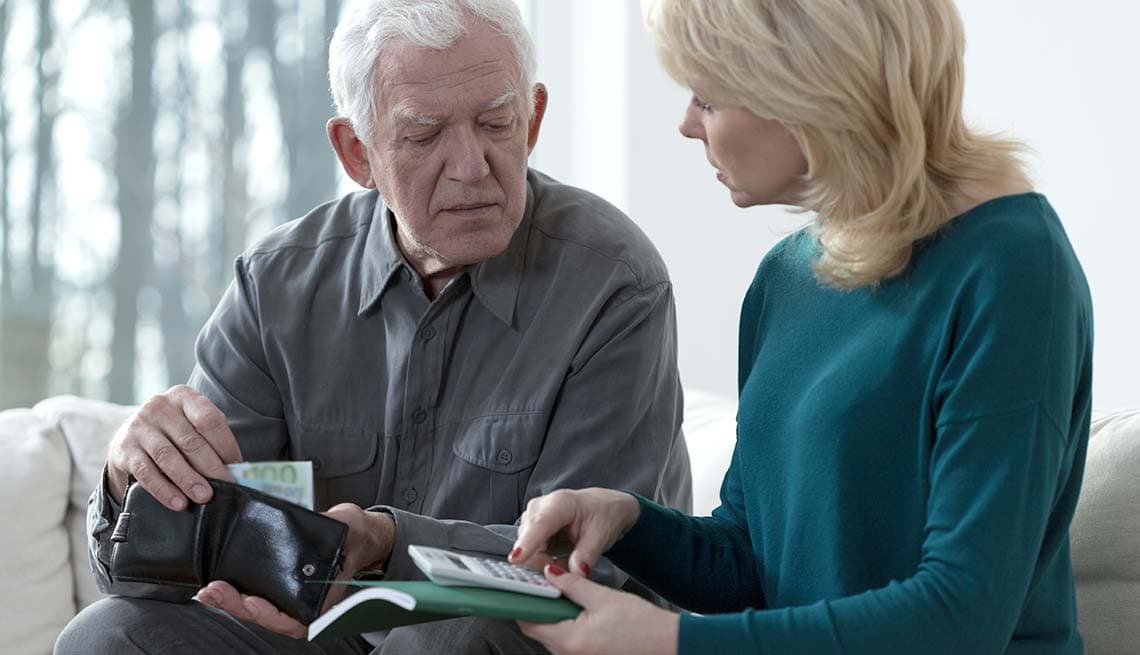Senior abuse violates human rights, ranging in form and severity. Victims experience these violations within both community and institutional settings, exhibited in a variety of behaviors and risk factors. Elder abuse is defined as single or repeated acts that cause distress or harm to an older person after a relationship of trust has been established. Recently developed evidence demonstrates that the prevalence of elder abuse in both communities and institutions has elevated during the COVID-19 pandemic. An understanding of the true impact of abuse on the elderly is encouraging more individuals and organizations around the world to take a stand.
Forms of Elderly Abuse
Elderly abuse is a type of violence that includes more than just emotional, physical, psychological, and sexual trauma. Other traumas include abandonment, financial/material abuse, loss of dignity/respect, and neglect. Risk factors strengthen the potential for abuse and are identified by four classifications.
Risk Factors for Abuse
Risk factors known for increasing the potential of elderly abuse are identified at the individual, relationship, community, and socio-cultural levels.
Individual Risk Factors
Individual risk factors are directly related to the victim and include age, gender, race, cognitive impairment, dementia, financial dependence, functional dependence, low socioeconomic status, and poor health.
Relationship Risk Factors
Relationship risk factors are traits that apply to the abuser. These often include financial dependency on the victim, mental illness, and substance abuse.
Community Risk Factors
Community risk factors involve social isolation and lack of social support. Elderly individuals can feel isolated due to a variety of factors, including loss of mental/physical capacity and loss of family/friends.
Socio-cultural Risk Factors
The migration of young couples leaves older parents alone in societies that traditionally practice intergenerational care. Other socio-cultural risk factors are:
- Deteriorating bonds between generations of a family
- Lack of funds to pay for care
- Stereotypes of the elderly as dependent, frail, and weak.
- Systems of inheritance that affect the distribution of power and material goods within a family
Where Elderly Abuse Occurs
Community rates have increased by 84% during the past year. At least 1 in 6 seniors experienced some form of abuse in community settings. Self-reports by older adults imply that rates of abuse within institutions are higher than in community settings. Staff within nursing homes and long-term care facilities reported that 2 in 3 members committed nursing home abuse in the past year. Abusive acts within institutions may include:
- Deprivation of choices in daily affairs and dignity
- Emotional abuse and neglect
- Intentionally providing insufficient care
- Over/under-medicating and withholding medication from patients
- Physical restraints
These abusive and insensitive behaviors are more likely to occur in institutions where policies operate in the interests of the institution rather than the residents, the physical environment is deficient, staff are poorly trained, overworked, and underpaid, and standards for care facilities, health care, and welfare services for the elderly are low.
Impacts of Abuse
Impacts of abuse (such as being hurt after a fall) can easily become serious and last for extended periods of time. Minor injuries can lead to more permanent/serious damages and even death. Simply being hurt after a fall can lead to unexpected consequences. Physical injuries range from minuscule scratches and bruises to broken bones and disabling injuries. These actions lead to long-lasting psychological consequences, including anxiety and depression. Studies find that victims of elder abuse are 3x more likely to be admitted to a hospital and 4x more likely to be admitted to a nursing home, and have 300% higher morbidity and mortality rates.
The health care infrastructure is greatly impacted as abuse leads to greater use of health care services, In the United States, elder abuse, maltreatment, and neglect are associated with $5.3 billion of annual health care expenditures.
Prevention
There are preventative measures communities and facilities can take to mitigate abuse. Coordination of resources and support at community agencies, higher levels of social support, and developing strong family/community bonds and support can help prevent elder abuse. Additionally, strategies such as public/professional awareness campaigns, residential care policies to define and improve standards of care, caregiver training on dementia, and caregiver support interventions (including stress management and respite care) can help to prevent abuse at a national level.
Additional efforts to respond to and prevent further abuse are mandatory reporting of abuse, helplines to provide information and referrals, and safe-houses and emergency shelters.



